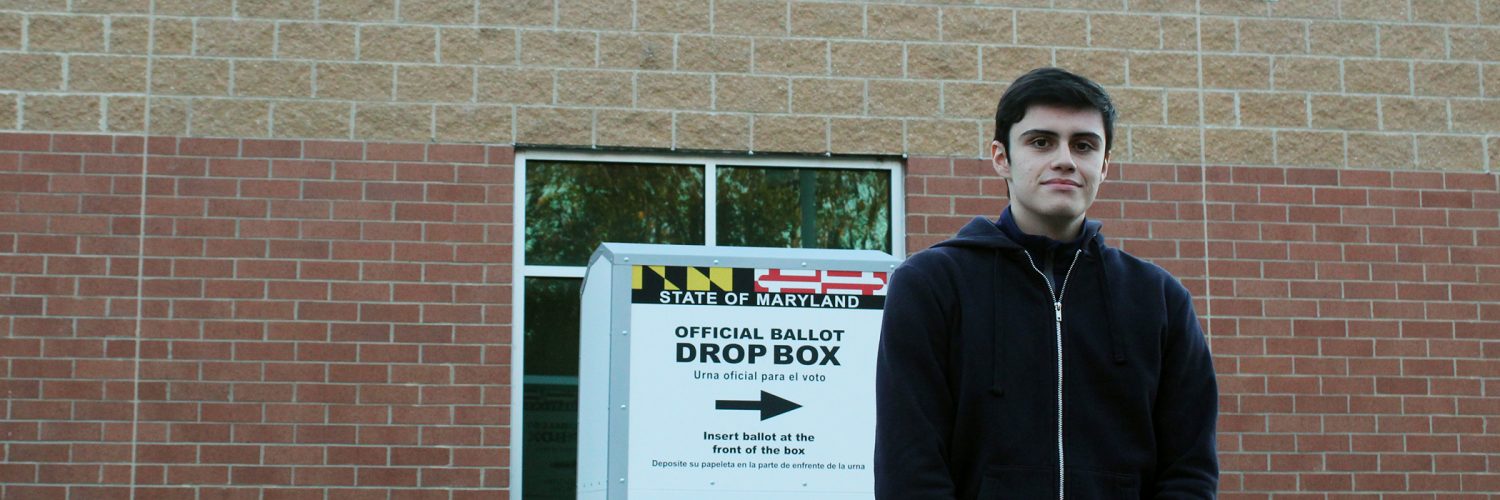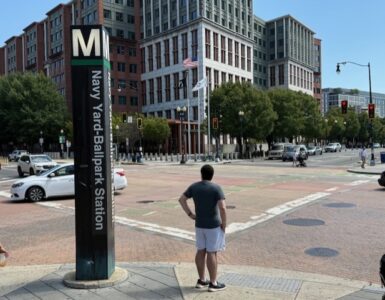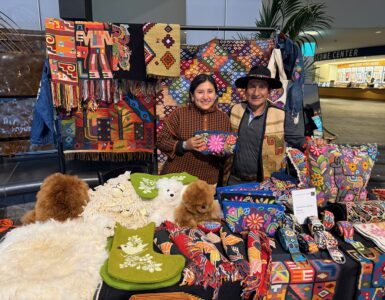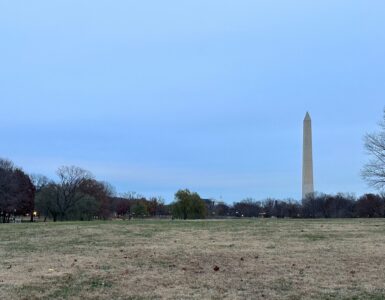There is a noticeable trend among Washington, D.C.’s, election volunteers, said Michael Bennett, chair of D.C. Board of Elections.
He doesn’t have official statistics yet, but he said it’s obvious D.C. residents have responded to the national and local calls for poll workers. A lot of them. And many of them are distinctly younger than the average poll worker during past elections.
D.C. usually needs about 3,000 people to work the polls, plus about 2,000 alternates, he said. This year, the board hit that quota easily. Bennett said there are about 2,000 extra applications he hasn’t even sifted through.
And he estimates about 75% to 80% of those workers are between 20 and 45 years old. In previous years, that age group made up the minority of election volunteers with seniors accounting for the majority.
“Young people have really, really come out in force,” Bennett said. “We haven’t done any stats on the demographics, but it’s obvious.”

Some of those young people, Bennett said, are high schoolers, too young to even vote.
But D.C. area high schoolers aren’t just volunteering to work the polls. They are helping to recruit young people in places like Lehigh County, Pennsylvania. and Polk County, Florida. where young people haven’t turned out in the same numbers.
“People are literally voting for our future”
Anne Moser goes to Richard Montgomery High School in Rockville, Maryland.
Like other 10th graders, she logs onto her virtual classes at around 9 a.m., but between lessons she sneaks in texts and emails to election officials and teachers in Lehigh County, Pennsylvania.

At 15, she’s too young to be a poll worker herself – something she admits with obvious disappointment – but she’s trying to connect young people in the Allentown area with resources to volunteer themselves.
Moser works with Youth Activism Project, a D.C.-based organization that encourages teenagers to become activists in their communities, even before they are able to vote.
The organization was founded in 2004 by Wendy Schaetzel Lesko with a global campaign for educational equity equity for girls. A recent project focused on registering every eligible high school student in Montgomery County to vote.
That project concluded about a week ago. That’s when the Youth Activism Project turned to its attention to recruiting poll workers.
“It seemed like the biggest needs were filling these gaps in terms of poll workers,” Anika Manzoor, executive director of the Youth Activism Project, said. “Poll workers play an underappreciated role in protecting our democracy and I think people don’t realize that.”
Moser spends about two hours a day making calls and sending emails. So far, she said, she’s helped recruit three or four young people to volunteer.
“People are literally voting for our future, and even if you can’t vote or you’re voting for the first time, it’s still important to get involved,” Moser said.
The long shift
Ilana LeVine, another Youth Activism Project worker, was signed up to be a poll worker herself for the primary election, but the COVID-19 pandemic made her parents wary. Like the others she’s working remotely and nationally; she’s recruiting youth poll workers in Polk County, Florida.
Polk County Supervisor of Elections Lori Edwards said there are 1,700 people signed up to work at polling locations on Election Day. About 1,500 are for polling locations and the rest are support staff, but she could always use more.

Alex Garcia, a 16-year-old Albert Einstein High School student, said, overall, he thinks as many as 60 young people nationwide have signed up to work the polls due to Youth Activism Project’s work.Garcia signed up to be a poll worker in February.
He said he doesn’t know if he is more excited or scared — he’s got more than one long day of work ahead of him. He’ll be working two half shifts during the early voting period and then from 6 a.m. to 9 p.m. on Election Day.
Trending female
LeVine said she was somewhat civically active before the 2020 election cycle. She’d attended a couple protests like March for Our Lives and the Women’s March. But it’s been different since the spring.
“After George Floyd’s death, I guess I realized that it wasn’t right to stay silent,” LeVine said. “So much has happened since then. It definitely encouraged people to act out more.”
Moser said the same. She hadn’t been involved in anything she’d call activism before the death of George Floyd.
LeVine and Moser also have something else in common – they’re both young women.
The 19th*, a nonprofit publication that reports on gender and policy, reported that many of those stepping up to be election workers are women.
The trend, at least in Manzoor’s organization, holds. Of the 15 students working to recruit poll workers, 14 identify as female.
But Garcia said he sees the same trend in other organizations he’s involved with, not just Youth Activism Project. Among his male friends he said he’s the only one who has taken an interest in activism.
“They just brush things off,” he said. “A lot of people think they are activists if they repost something on Instagram, but they don’t actually like know how to make an impact or they don’t feel comfortable joining the environment in doing so.”






Add comment